Browse Our Books
You can browse our books easily with any of the following filters, hover over the filters or their titles to see their descriptions.
Reading Level
Categories
Or you can use quick search or switch to advanced search for better results...
Search Results (Found 2448 results)
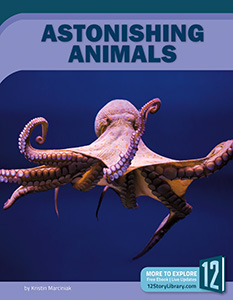
Unbelievable
The Unbelievable! series takes a look at some of the most amazing, astonishing, and incredible stories from around the world. Discover the secrets behind what makes the human body amazing, athletes legendary, and animals astonishing. Be fascinated by history and incredible stories from nature. Admire astounding human-made structures, dramatic discoveries, and incredible technologies.

Uncommon Women
Throughout history, society's rules have often tried to keep women in a box. Serious consequences often awaited those who broke out of that box and blazed a new trail. Uncommon Women salutes the women who refused to be side notes in history, and instead, became the stars of their own story. Through their bravery and intelligence, the women in these books made a lasting mark on the world. Some of them found fame through villainy: pirates, Wild West outlaws, ruthless queens. Others—writers, scient
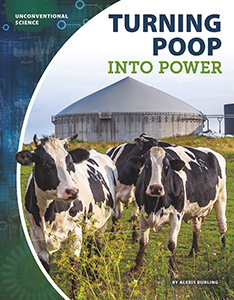
Unconventional Science (Core Library)
Around the world, scientists are finding cool and unusual ways to make people's lives better and help the environment. Some of these methods have been quietly used for centuries. Only recently have they earned much attention. Other methods use new technology in unexpected and even gross ways to clean things up and provide people with water and energy! Learn about the history of these fascinating methods, how they work, and how they are making the world a better place.
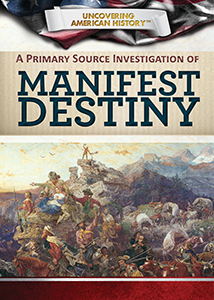
Uncovering American History
This riveting series highlights significant events in American history such as the Alamo, Reconstruction, the Industrial Revolution, and the Salem witch trials, as well as social reform movements such as the Underground Railroad and women's suffrage. Each book examines a different historical era in a narrative format, describing notable figures, setbacks, and triumphs. The texts are accompanied by primary source images and transcriptions of important documents, which give students a unique windo

Under Pressure
This series delves into the difficult social topics that kids often encounter, but don't always know how to handle. Written in a conversational tone, each volume takes a clear look at these challenges such as cyberbullying and prejudice - including plenty of real-life examples - and offers appropriate advice and coping strategies that tweens and teens can put to use.
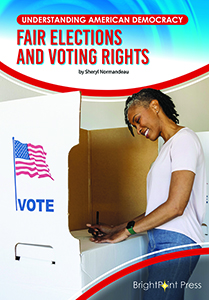
Understanding American Democracy (BrightPoint Press)
Understanding American Democracy introduces readers to the American democratic system of government, exploring its structures, functions, and history. Readers will learn about freedom of speech, fair elections, the separation of government powers, and more. Each book includes a graphic that presents key information visually, source notes, and resources to aid in further research.
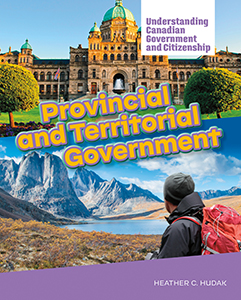
Understanding Canadian Government and Citizenship (Expedition) 
This dynamic series introduces young readers to the three levels of government in Canada and its impact on daily life. It also explores the rights and responsibilities of citizens. Colourful flowcharts and diagrams illustrate government processes, while sidebars examine contemporary issues and invite readers to think critically about modern Canadian politics.

Understanding Consent and Boundaries: Dating and Relationships in the #MeToo Era
Attitudes about the importance of boundaries and consent are changing, largely because of the #MeToo movement, where women wrote about their experiences with sexual assault and harassment on social media. As teenagers start dating and having relationships, it is important to understand what it means to maintain healthy boundariesÑboth physical and emotional ones. In physical relationships, it is also important to understand consent, which should be fully informed, free of coercion, specific, re

Understanding Disorders (BrightPoint Press)
Understanding Disorders teaches readers about mental health disorders and their symptoms. Books in this series examine the history of these disorders and how they affect everyday life. Each book includes a graphic that presents key information visually, source notes, and resources to aid in further research.
